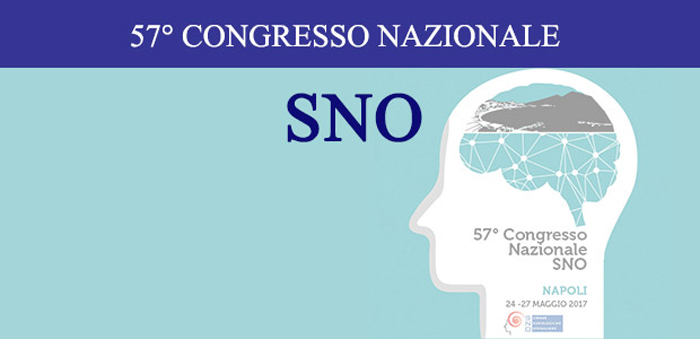 |
|||
|
"False" brainstem hematoma following iatrogenic vascular perforation D’Agostino, C. Sicignano, L. Sirabella, G. La Tessa, L. Delehaye, V. Piscitelli, M. Prudente, A. Negro, F. Somma, L. De Bellis, C. Panzanella, F. Fasano, V. Alvino, G. Sirabella, M. Villano |
|
|
|||||||
|
Summary |
|||||||
|
|
|
|
|
|
|
||
|
Proceedings SNO |
|||||||
|
|
|
|
|
|
|
||
|
Introduction: The occurrence of a vascular perforation during an endovascular procedure is an unexpected and feared complication that can be fatal. We report a case of a patient who had an intra-procedural vascular perforation causing subarachnoid hemorrhage (SAH) and brainstem hematoma and we hypothesize a different origin of the latter. Case Report: A 44-year-old woman underwent endovascular treatment of a left carotid siphon unruptured aneurysm. During the procedure a vascular perforation occurred and was treated with balloon tamponade. CT examination exhibited SAH in the basal cisterns and the presence of a brainstem hematoma; images, however, highlighted a peculiar distribution of the hemorrhage, following the perivascular spaces (PVSs) of the brainstem and of the basal ganglia; despite these findings the patient fully recovered without reporting any neurological deficit. Magnetic Resonance Imaging performed one month later confirmed these findings. Discussion: Although several studies have previously demonstrated that perivascular spaces do not directly communicate with subarachnoid space, there are few reports exhibiting SAH or intracerebral hematomas extending to the PVSs; in our case the peculiar disposition of the hyperdensity and the paucity of symptoms are consistent with this hypothesis. Conclusions: In this patient we had a significant discordance between radiological findings and clinical presentation; we believe that this can be explained by hematoma being actually subarachnoid blood extending into the PVSs of the brainstem with low impact on the surrounding parenchyma. We think that this hypothesis should be taken into account when such imaging findings occur in order to correctly steer clinical management of these patients. References: 1. He G., Lu T., Lu B., Xiao D., Yin J., Liu X., Qiu G., Fang M. et al.: Perivascular and perineural extension of formed and soluble blood elements in an intracerebral hemorrhage rat model. Brain Res 2012; 1451: 10-18. 2. Ribeiro M, Howard P, Willinsky RA, ter Brugge K, da Costa L: Subarachnoid hemorrhage in perivascular spaces mimicking brainstem hematoma. Can J Neurol Sci 2010; 37 (2): 286-288. 3. Saylisoy S., Simsek S., Adapinar B.: Is there a connection between perivascular space and subarachnoid space? J Comput Assist Tomogr 2014; 38 (1): 33-35. |
|||||||
|
|
|||||||
|
|
|
|
|
|
|
||
|
Articles from "Proceedings" are provided here courtesy of |
|
Proceedings SNO - ISBN 978-88-8041 - Copyright © 2017 SNO & new MAGAZINE s.r.l. - Italy |
|||